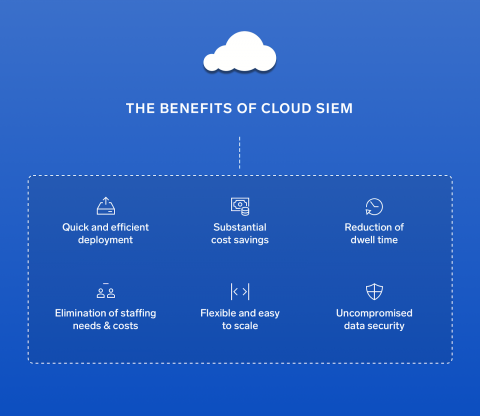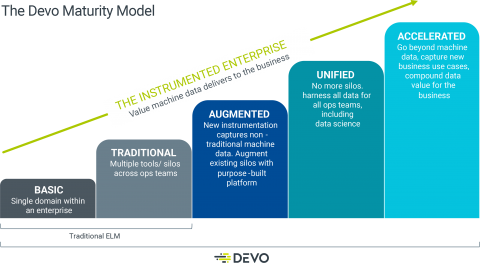Security | Threat Detection | Cyberattacks | DevSecOps | Compliance
%term
Staving Off the Monetary Consequences of a Data Breach
Cybersecurity breaches and regulatory compliance are this year’s themes. Marriott was sued and fined $124 million for their data breach back in 2014, according to The Wall Street Journal. Capital One leaked 100 million credit applications including Social Security Numbers. Both LabCorp and Quest Diagnostics exposed millions of patients’ medical records.
Deepfakes are a problem, what's the solution?
Deepfakes are the latest moral panic, but the issues about consent, fake news, and political manipulation they raise are not new. They are also not issues that can be solved at a tech level. A deepfake is essentially a video of something that didn’t happen, but made to look extremely realistic. That might sound like a basic case of ‘photoshopping’, but deepfakes go way beyond this.
What Is Vulnerability Management and Why Does It Matter? ft. Zoë Rose
The Biggest Cyber Threat is Not A Zero-Day ft. Zoë Rose
A Day in the Life of an Ethical Hacker ft. Zoë Rose
Simple Security Configuration Can Help Your Sensitive Data From Being Stolen
When malware sneaks inside your network, it needs to communicate back to the internet whether to exfiltrate sensitive datasets it found, accept commands of its evil masters or even simply let them know it has successfully infiltrated your infrastructure (with ransomware being one of the rare exceptions that doesn’t need such connection).
From Basic to Accelerated: The Devo Maturity Model
IDC says to estimate reaching 175 zettabytes of data by 2025, a 61 percent increase from today’s data volumes. Business leaders and IT executives overwhelmingly agree that they can do more to harness this data, but are we as an industry lacking for imagination? Or do we simply not know where to start or how to progress? To add insult to injury, today’s enterprises are stuck in the land of silos and replication, and too much data wrangling that consumes an already oversubscribed budget.
The 2019 SANS Security Awareness Report: Awareness Training Is Rising
Cybersecurity and cyber security awareness are critical to business survival in an era dominated by growing virtual crime. It might be true that most people know about costly identity theft and reputation-destroying network hacks. Organizations spend millions every year trying to defend themselves against cybercrime, but still, attacks seem to be more and more successful.
Moving to the Cloud and How You Shift Your Security Management Strategy
As someone who has worked for their entire career in the Managed Network Services space, if I had to pick out, over the past five years, two of the most impactful shifts in managing technology, it would be a shift from traditional, in-house servers to solutions where 3rd parties build “clouds” to provide similar business functions as well as the increased pressure on organizations to have comprehensive cyber-security strategies as threats become more significant.








